Discover the Uffizi Gallery in Florence
Florence, capital of Tuscany, is a true cultural center! With many monuments and attractions, the city is home to wonderful museums full of priceless culture, history and works of art. One of these museums is, without a doubt, the Uffizi. Here at Your Travel to Italy with Ana Patricia you make the trip of your dreams !!! ALSO: see our “Accommodation in Italy – Tips for your holidays!”.
Our Introduction
Florence, the capital of Tuscany, is known for being the birthplace of the Italian Renaissance! It is a historic and cultural city, and it played a very important role, establishing its name in the pages of the history of one of the most impressive countries in the world, our dear Italy. Florence presents us with an immense range of attractions and, among the most visited, is its incredible museums. Today we are going to get to know one of the most celebrated museums in the world: the Uffizi Gallery (Galleria degli Uffizi) in Florence.
Discover the Uffizi Gallery in Florence: the Italian Louvre!
The Uffizi Gallery is considered the Italian Louvre! With this sentence we can have a small dimension of what we are talking about! The Uffizi Gallery was built between the 1560s and 1580s by Giorgio Vasari. The site was commissioned by Cosimo I de Medici, who was the first Grand Duke of Tuscany. The initial purpose of the building was to house the offices of magistrates, judges, technicians and merchants in Florence, hence the name: Uffizi (Offices).
The building has a beautiful portico with Doric columns and an elegant and severe aspect. There we can also admire a beautiful Corridor, which takes the name of Vassari (Vassari Corridor) and which joins, through the Uffizi, Palazzo Vecchio to Palazzo Pitti, passing over Ponte Vecchio and crossing the church of Santa Felicita, as well as some other adjacent buildings, before reaching “the final destination”, that is, the Boboli Gardens.
Discover the Uffizi Gallery in Florence: the structure
U-shaped, the building needed space to be built in its entire splendor and, for that, the place chosen for its construction needed to be “cleaned”, that is, it was necessary to demolish some buildings that were already there, such as the church of San Pier Scheraggio. This church, however, was very old and important; Romanesque from the 11th century, the church had a great cultural value and, therefore, some parts of it have been kept, such as the arches and the columns of the pavilions.
Unfortunately, Vasari died in 1574, before seeing its construction completed, so the project passed into the hands of two other important architects: Bernardo Buontalenti and Alfonso Parigi the Elder. They were responsible for completing the work and for presenting the world with this true gem!
Another great person responsible for making the Uffizi Gallery what it is today was Grand Duke Francesco I de’ Medici. An art lover, he was responsible for the creation – properly speaking – of the Gallery, which was initially installed in 1581 on the second floor of the building.
Discover the Uffizi Gallery in Florence: The Heart of the Museum
The heart of the museum at that time was the octagonal room of the Tribune, which is an amazing invention by Buontalenti, completed only in 1584. The room is an alchemical representation of the Four Elements and is of a beauty that impresses even the most discerning eye.
From that moment, the museum’s collections began to grow, as each member of the family acquired several works over the years. In addition to works of art, several other collections began as collections of precious stones, weapons and even scientific instruments, such as some that belonged to Galileo Galilei (which are now reverently housed in the special Mathematics Chamber).
Discover the Uffizi Gallery in Florence: The Family Pact
In the mid-18th century, all this preciousness was in danger of being extinct: this was because the Medici hegemony had ended and the future of the collections was uncertain. However, the direct descendant of the ancient lineage of Florentine bankers, Anna Maria Luisa de Medici, decided to impose the famous Family Pact on the new Grand Duke of the city. Her argument, very valid, was that the legacy of the Medici family could not be lost, as it had immeasurable cultural value.
In 1737 the Grand Duke accepted the Pact and declared the Medici collection to be “decoration of the State, for the enjoyment of the public and for the attraction of the curiosity of foreigners”. Along with the official document, there is also a kind of inventory where all the works and their due details are recorded.
Discover the Uffizi Gallery in Florence: The Opening
In 1789 the Gallery was opened to the public by Grand Duke Pietro Leopoldo, the most important member of the Austrian House of Habsburg-Lorraine, the new dynasty of the Grand Duchy of Tuscany until the unification of Italy. As of 1769, the Gallery was completely reorganized, cataloged, and arranged in order of the artistic periods of the works present there. The collections were divided by type and intended for specific locations. For the scientific collections, the Museum of Physics and Natural Sciences, known as the Specola, was created.
Some Renaissance sculptures, during the 19th century, were transferred to the gallery’s corridors, naming the wing of the Statues Gallery, and many others were transferred to the Bargello National Museum; among the Etruscan pieces, several were destined for the Archaeological Museum and, finally, in the 20th century, the gallery was enriched with several works from the heritage of churches and convents, in addition to donations from private collections and some purchases made by the State.
Book your ticket in advance and avoid the lines, click on the banner below:
Discover the Uffizi Gallery in Florence: how is it divided?
The Collection
The Gallery is huge and is divided into an impressive 93 rooms – with 50 open to the public. Evidently, we would spend our lives here if we were to talk in detail about each one of them, and that’s why we’ve put together the “best of the best” here! Are you ready?
The tour starts on the second floor, in room 2. Here you will find several paintings from the 2nd and 14th centuries. Here you will find the Majesties of Cimabue, Duccio di Buoninsegna and Giotto: they illustrate Our Lady with Jesus in her lap, seated on the throne and surrounded by Angels and Saints. When comparing the works, the artistic change that took place in Italy at the end of the 13th century becomes clear. While in the 11th and 13th centuries sculpture and architecture had already known Western Europe and brought us an original language with Romanesque and Gothic styles, painting was still very dependent on the Byzantine Greek style.
Gothic and Renaissance
The International Gothic is highlighted in rooms 5 and 6. Among the beautiful works in these rooms, the Adoration of the Magi, by Gentile da Fabriano, signed and dated 1423 stands out. This is a beautiful example of another artistic change in Italy: the passage from the courtly Gothic to the Renaissance. The representation here presents us with sumptuous costumes and a lot of wealth in its frames with its golden backgrounds.
In room 7 we find the Beginning of the Renaissance. Here you will find several works from the beginning of this artistic movement that changed the history of art in the world. All the elements that characterize the new art are present in the works in this room: the representation of three-dimensional space in perspective, the study of natural light, and the centrality of man with the study of anatomy.
Leonardo Da Vinci and Sandro Botticelli
In rooms 8 and 9 you can admire most of Filippo Lippi’s works. In room 8, however, the famous Our Lady and the Child with Two Angels (1465) is worthy of mention. In fact, in all the works in which Filippo portrays Our Lady, he manages to convey to us a grace and affection that are almost indescribable.
Between rooms 10 and 14 we find one of the most celebrated works in the museum: The Birth of Venus and The Spring, both by Sandro Botticelli. These are the works that most represent the expression of Florentine humanist culture inspired by the pagan Renaissance. Both works were commissioned by the Medici family.
Leonardo Da Vinci also has a room just for him. It is room 15. This room houses two of the artist’s first works: the Baptism of Christ and the Annunciation. The first is famous for being Leonardo’s first painting work. In fact, most of the painting was done by his master, Andrea del Verrocchio; only the angel, in the background, is by Leonardo. The Annunciation (made around 1472) is entirely by Leonardo and he painted it when he was only twenty years old. Even at that age he had his own delicate and gentle style of painting which made him one of the greatest artists of all time.
The Great Michelangelo
In room 35 we find a special dedication to Michelangelo’s Tondo Doni. This is the only tempera painting attributed to him. The theme of the work is the Holy Family and it was commissioned by Agnolo Doni and Maddalena Strozzi, in 1506. In terms of time, we conclude that this painting was carried out between the execution of the statue of David, completed in 1504, and the frescoes in the Sistine Chapel, which began to be made in Rome in May 1508. The frame is original and was carved in the Del Tasso workshop from a drawing made by Michelangelo himself.
Raffaello
Let’s go to the first floor, where the remaining rooms of the museum are. As I said before, it would be impossible to talk about all the rooms, but, if possible, take your time, don’t visit the Gallery in a hurry, because all the rooms are beautiful and always present us with something very interesting.
On the first floor, we go to Room 66. This is a room dedicated to Raffaello’s works. In Florence he was responsible for the execution of Madonna del Pintassilgo, a work that took 10 years to restore. The work actually collapsed under the rubble of Lorenzo Nasi’s house in 1547 and, over the centuries, underwent so many heavy and misguided restorations that it lost its entire original splendor. This work is a work that shows all the influence of Leonardo da Vinci in the style that Raffaelo. Da Vinci was his master and Raffaelo studied with him during Leonardo’s stay in Florence between 1504 and 1508.
Titian and his Venus
Now we go to room 83. Here we can admire a new representation of the goddess of love, Venus, and she offers herself to the visitors’ admiration in an almost magical way. We are talking about Titian’s Venus of Urbino, and this painting is the greatest representative of the 16th century Venetian school. For Titian what mattered least was the design, but the color and the combination between them. Three hundred years later, this is one of the most beautiful examples for the Impressionists. Titian’s Venus is made as a human in fact, and like Botticelli’s, which reminds us of a Greek statue, divine, untouchable and immortal.
Finally, we arrive at room 90, which is the room dedicated to the splendid Caravaggio. Considered the “cursed” genius, he was responsible for the renewal of painting: not only in Italy, but also throughout Europe at the beginning of the 17th century. The elements of the Caravaggesque style are realism that contrasts with light and dark. Darkness is not only a play of lights, it also represents symbolic: light is grace, darkness is sin and despair. By using his unique technique, he put into his works the reflection of his own biographical events, combining his talent in art with recklessness in his personal life. In his works that are on display at the Uffizi, what stands out the most is, without a doubt, the terrible look of Medusa, which stands out as if alive against the dark background, and the impressive details of the beautiful work that portrays Bacco.
Useful information
Opening hours: Tuesday to Sunday, from 9:00 am to 6:50 pm. Closing operations begin at 6:35 pm. Not open on Mondays, January 1st, May 1st, December 25th.
Address: Piazzale degli Uffizi, next to Piazza della Signoria.
On the first Sunday of each month, the museum opens at normal hours and admission is free for everyone. There is no possibility to buy tickets online for these Sundays.
The museum is open on all holidays not listed above; however, if the holiday falls on a Monday, the Museum Superintendence will decide whether to make an extraordinary opening for that day.
Golden Tips
- Buy the tickets in advance!
- The rates are as follows: in high season – from March 1st to October 31st, 20 euros. Reduced price, 2 euros (European Union citizens between 18 and 24 years old); Low season, from 1 November to 28/29 February: 12 euros; reduced by 2 euros (European Union citizens between 18 and 24 years old).
To buy tickets, click here and then choose: BIGLIETTI UFIZI PRENOTA.
Watch this video and know more about Italy
Subscribe to our channel and receive more videos with information and tips about Italy. Don’t forget to leave that Like;)
TRAVEL TO ROME!

“Your Travel to Rome” is the quintessential e-book for your travel to one of the finest tourist destinations on the planet!
LEARN MORE
Conclusion
Discover the Uffizi Gallery in Florence! I suggest you buy tickets in advance and visit the Gallery without rushing, because it is really a very special place. Have fun!
Did my post help you? If so, be sure to post your comment below, but if you still have questions just send me a message I will answer you as soon as possible!
An Extra Help for your Trip
The best content from Your Travel to Italy!
Learn more about our tours in Italy right now!
- What to visit in Italy in 10 days?
- The ten must-see places in Tuscany?
- The best tips to save on your trip to Italy?
- What are the 10 most visited cities in southern Italy?
- Airports in Italy? How to get to your hotel? (Venice, Milan, Rome, Florence)
- What to do in 1/2/3/4 days in the main Italian cities?
- The best tips on food in Italy (wines, typical food, enogastronomy tours)
- How to get from Fiumicino Airport to Rome downtown?
- Your Travel to Italy: 10 tips for traveling through Italy!
Best regards from Italy

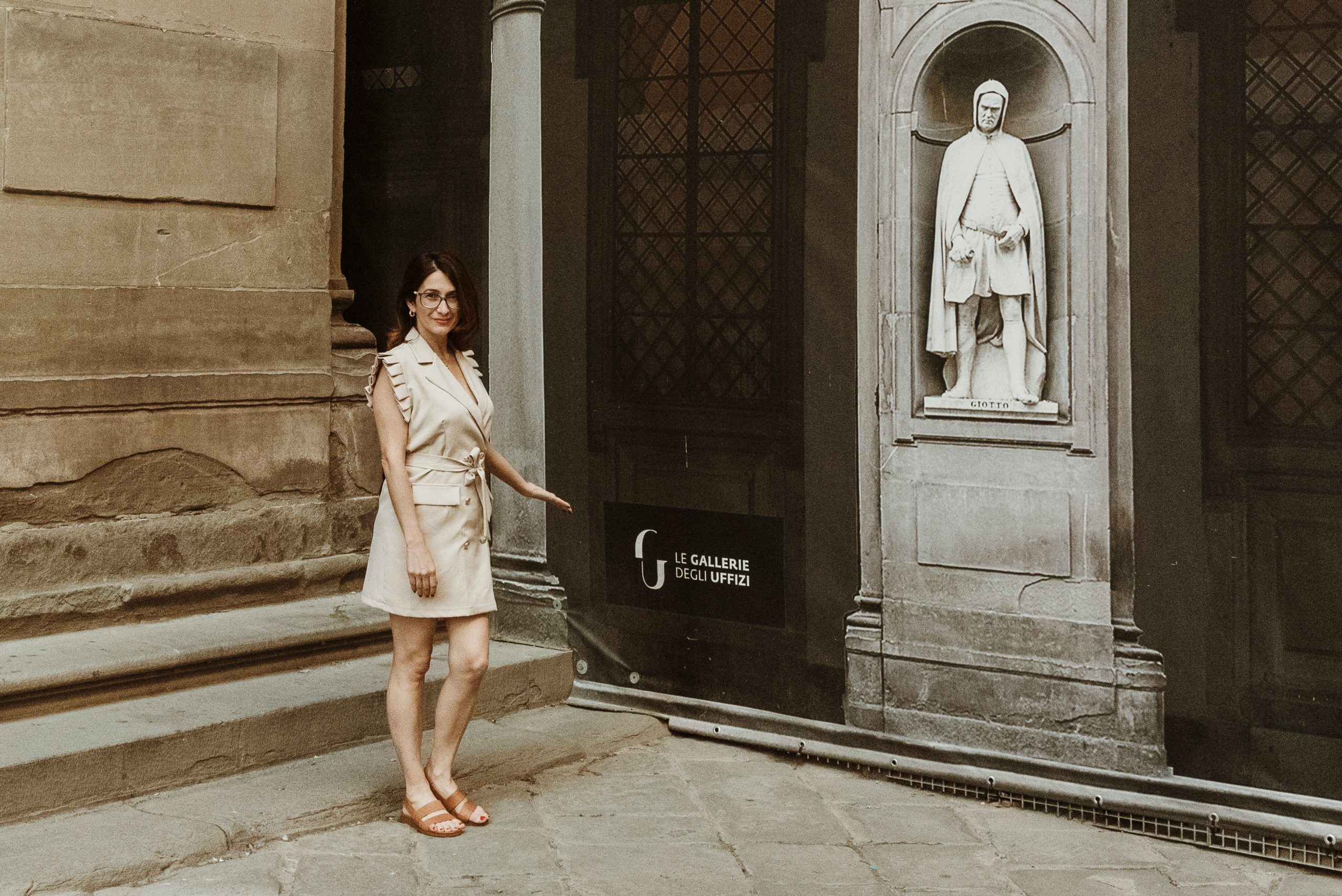
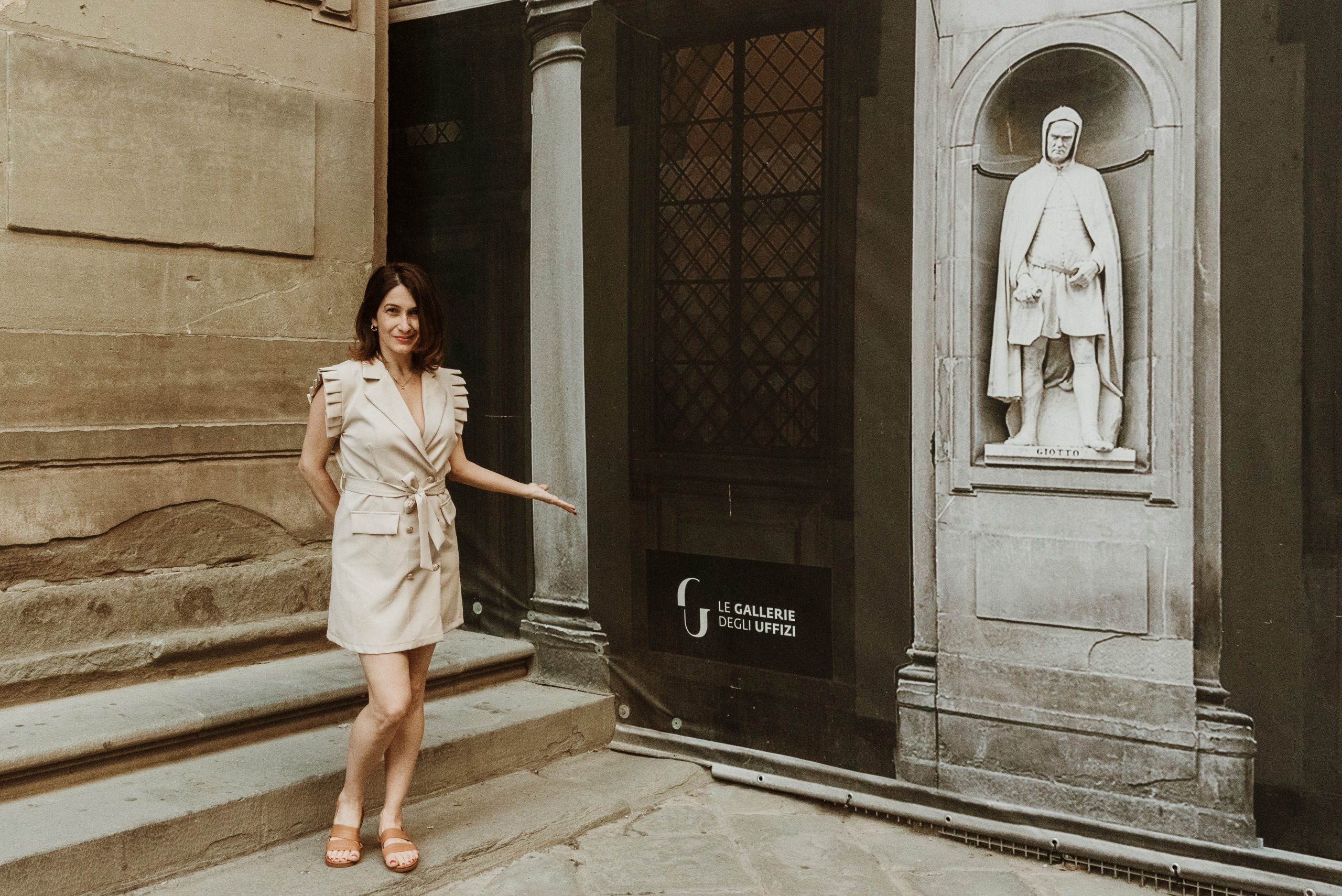
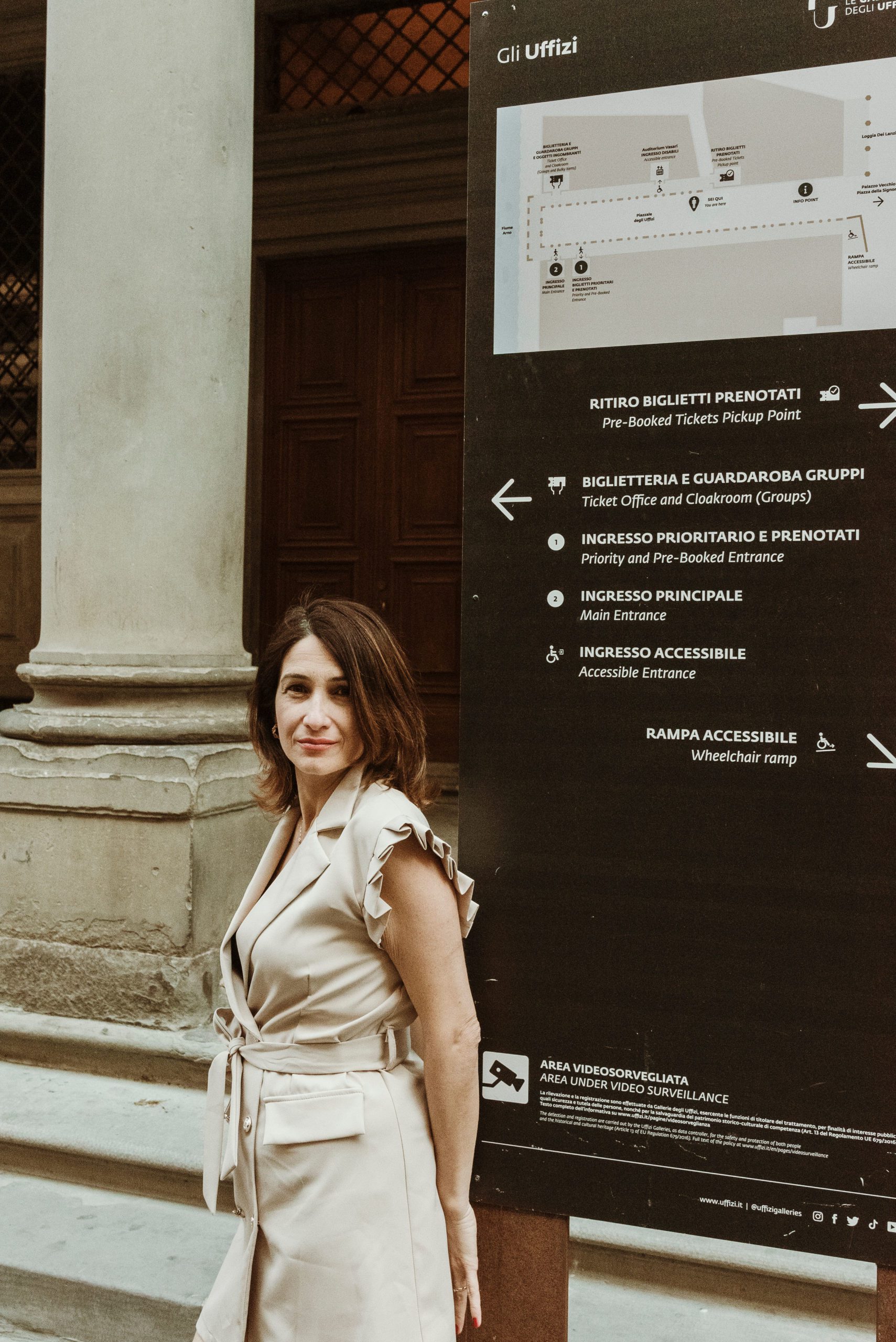

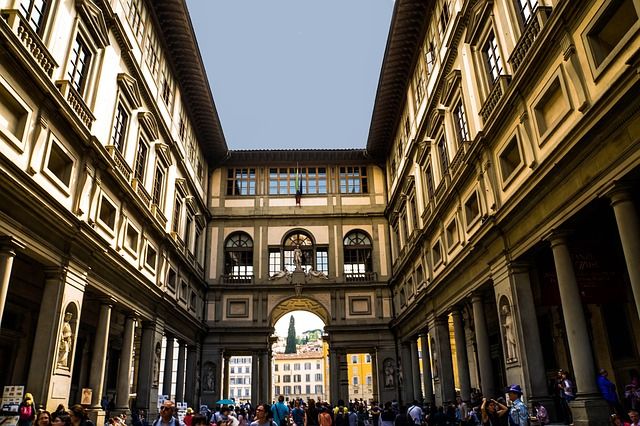
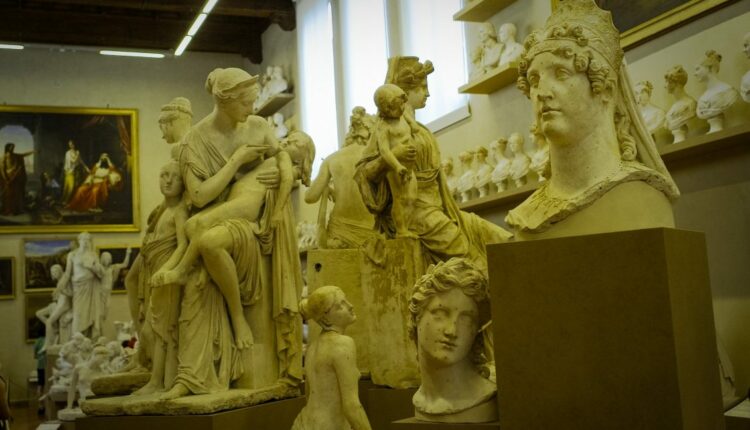
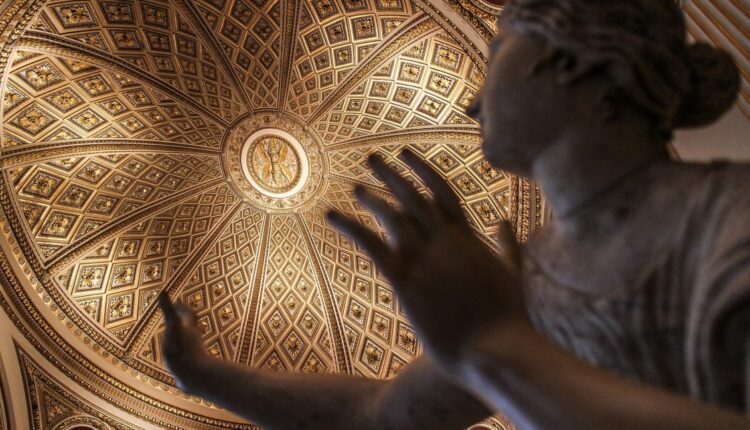
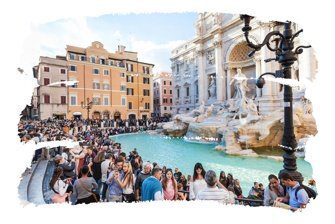



 Save money!
Save money!